The spring is on a spree in the city of joy, Kolkata. But for some the joy is a tryst with destiny on islands of solitude that the Chinatowns of Kolkata are turning into. The dwindling Chinese community in Kolkata is cherishing the Chinese New Year with a sense of anonymity, profound more than ever. Apart from pandemic, what adds to the gloom is the evolving sense of being identified as the ‘other’ by inhabitants of a city they have resided in for last 250 years.
Amar Kolkata…
The spirit of Kolkata is a manifestation of harmonious coexistence of people from diverse cultural backgrounds. The moisty ancient walls of the city have been the motifs to the cradle which has hosted the indelible imprints of the nuances of the life of Parsi, Iraqis, Jewish and Chinese community, living here since ages.
But to the accommodative vision of Amar Kolkata, Chinese have always been the ‘China man’, once portrayed through the character Oyang Lu of Mrinal Sen’s movie ‘Neel Akasher Niche’. Chinese, to the palette of the original inhabitants, have always been a flavour which is yet to realise the climax of being harmonised with the spectrum.
Despite breathing centuries in the same pot, The Bengalis and the Chinese Bengalis rather than being milk and water to each other, have existed in a water and oil equation. The centuries of existence might have credited their credentials with ‘Aadhar’ and Voter ID’s but locals still address them as ‘Chinese’.
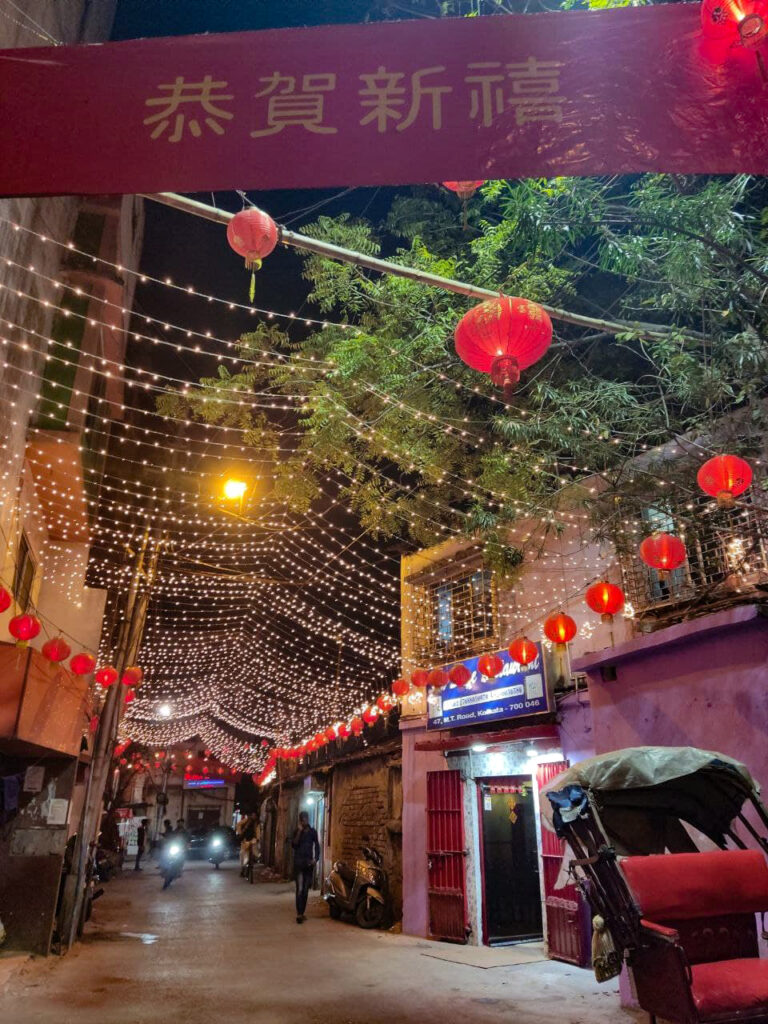
Uma Shankar Malik, Visva Bharati University researcher writes “Sometimes their distinct social visibility, language, colour acting as a barrier of adjustment in the local situation. The special physiognomic character is more prominent hindrance for social interaction of China originated people.”
The saga of miles travelled…
In modern day Kolkata, Achipur, Tangra and Territy Bazar are the three main places hosting Chinese community. Chinese travels to India owing to spiritual and academic tourism dates back to Ashokan periods. But in Kolkata, initially Chinese arrived as traders, labourers and gradullay settled in. The first community to arrive was Hakka.
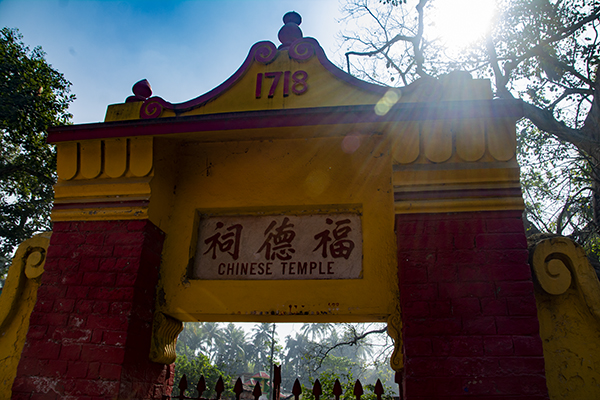
In the year 1778, 90 years after the arrival of Job Charnock – the founder of Kolkata, Tong Achio came to India to expand his business of Coyayang Tung tea. He started India’s first ever sugar mill, and it got popular among locals in the name of ‘Chini’, the sweet made by a Chinese man. Achio eventually started source Chinese to work as factory labour which resulted in establishment of first Chinese colony in Kolkata. Then time passed by and those people started to move on to new places like Territy Bazar and Tangra.
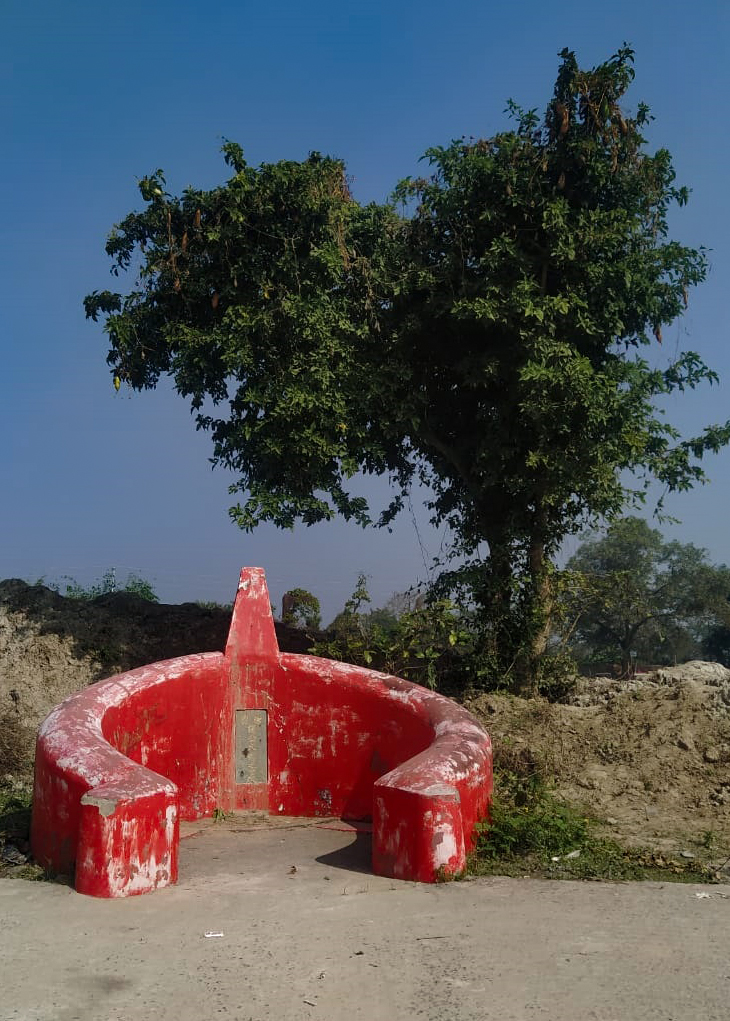
Carpentry, tannery, Shoemaking, laundry, establishing food eateries were attempts of occupational specialisation by the community, which defined their occupational identity.
Researcher Jennifer Liang further calssifies stages of Chinese immigration in Kolkata. She writes “The migration of the Chinese to the Indian city, it suggests, took place in three distinct phases: the 19th century, when skilled workers from China came to the city seeking better employment opportunities; the early 20th century, when social unrest and Japanese invasion brought Chinese refugees to Kolkata; and, the post-1945 period, when civil war between the Guomindang and the Communists triggered the flow of a third wave of Chinese immigrants.”
The dwindling Daffodils
The Chinese population in Kolkata is dwindling. Once a community of 20000 and more, is witnessing a resettlement spree. The few left here are working as factory labour, street food vendor or doing other odd jobs.
Rare are blessed with fortunes of the likes of Monica Liu who could establish their own business in large scale. A member on the condition of anonymity explained the sense of strangeness in the land to The Voices. “Though most of us speak Bengali, they never accepted us as Bengali, or even Indian. We were born and brought up in Kolkata; I have countless Bengali friends, and still, I am Chinese. I don’t even know to read or write Chinese script.”
Partick Chung, another from the Bengali Chinese community raises his concern over growing racism which community has been facing on regular basis. He says “I have been able to communicate with the people of India well. I have enjoyed with people of India a lot. Just one thing, I hope people of India is able to think broader.”
Pondering over the changing social dynamics, Uma Shankar Malik writes “Indo-China war made the community very much distressed and introvert. So their mutual avoidance, rather than reciprocal tolerance, best describe their relations with the dominant community. Right now very few original Chinese people are living Kolkata. They are visible only community gathering likes Dragon Boat Festival; Chinese New Year etc.”
The silent springs…
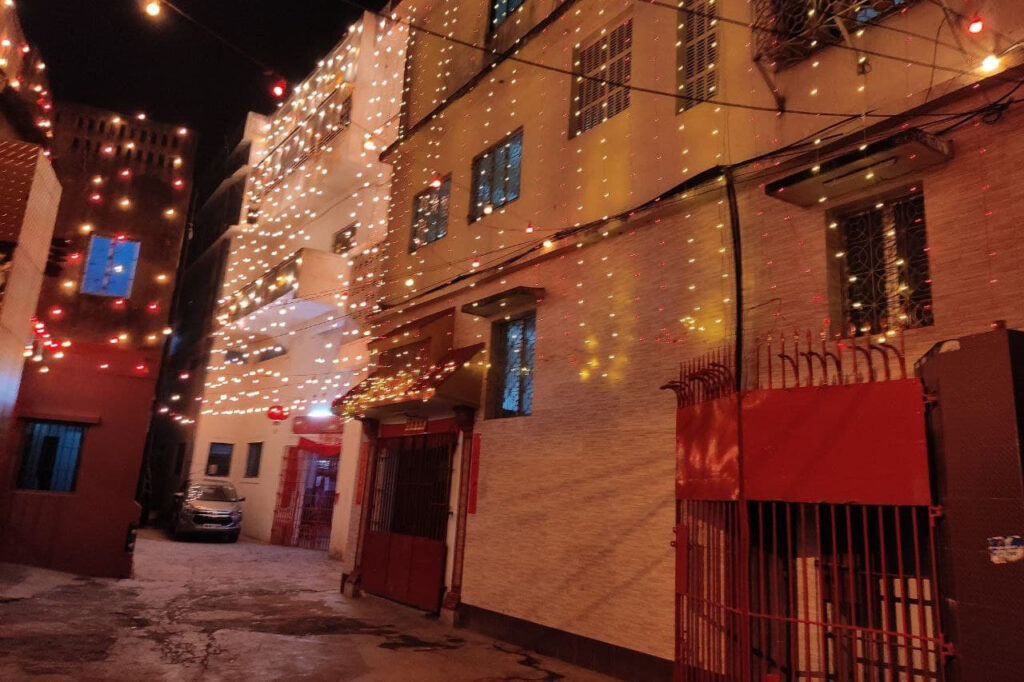
The February festivity of Chinese new year spring festival is losing its sheen. The security personnel of now closed Chinese school, Pei May School says, “After the school closed, they used to celebrate their new year here, in the school ground. But this year and in last few years, it isnt being celebrated like before. A musical celebration may happen, but it will soon discontinue, I think. Few private parties are happening today, but entry to them is restricted.”
Daniyet Che, one of the residents of Tangra China Town says, “Though Bengali’s never celebrated Spring festivals with us like they do in Christmas eve or English new year, we still continue to celebrate our Chinese New Year or Spring festival. But then the pandemic hit us. With Public gatherings being prohibited, flights cancelled, relatives from China or other countries couldn’t participate. So in last two or three years, it has withered and if pandemic continues, don’t know whether next spring festival will be celebrated like before or not. Personally, I’m not confident enough.”
This edition of Chinese New Year in Kolkata China Town went away as silently as the lights that were extinguished in the town. The spirit survives but then gazes the gloom.
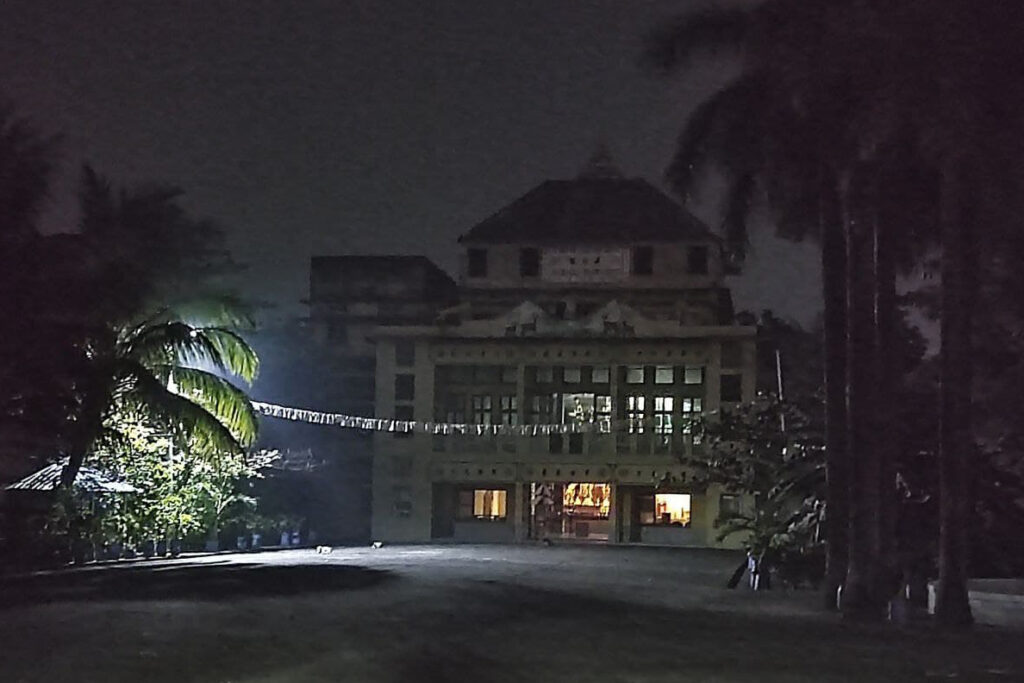
Edited by NK Jha

